Ever noticed your cat acting distant after you move homes, change your work schedule, or bring a new pet into the family? It’s not your imagination—cats really do feel the impact of change, often more deeply than we expect. Their sudden aloofness, hiding, or even ignoring you can feel like emotional withdrawal, leaving many cat lovers wondering, “Did I do something wrong?” This article uncovers the surprising truth behind cats and their emotional world, especially when faced with big changes. Get ready to see your feline friend in a whole new light!
Cats and Their Deep Sense of Territory

Cats are hardwired to love routine and territory. Their world revolves around familiar smells, sights, and sounds. When something disrupts that—like a new house or rearranged furniture—they can feel lost and scared. Imagine waking up to find your bed gone and all your favorite spots rearranged. That’s how a cat feels after a major change. Even small changes, like moving their litter box, can throw them off balance. This deep attachment to territory is why even the most confident cats might start acting strange when their environment shifts.
Understanding Feline Attachment Styles
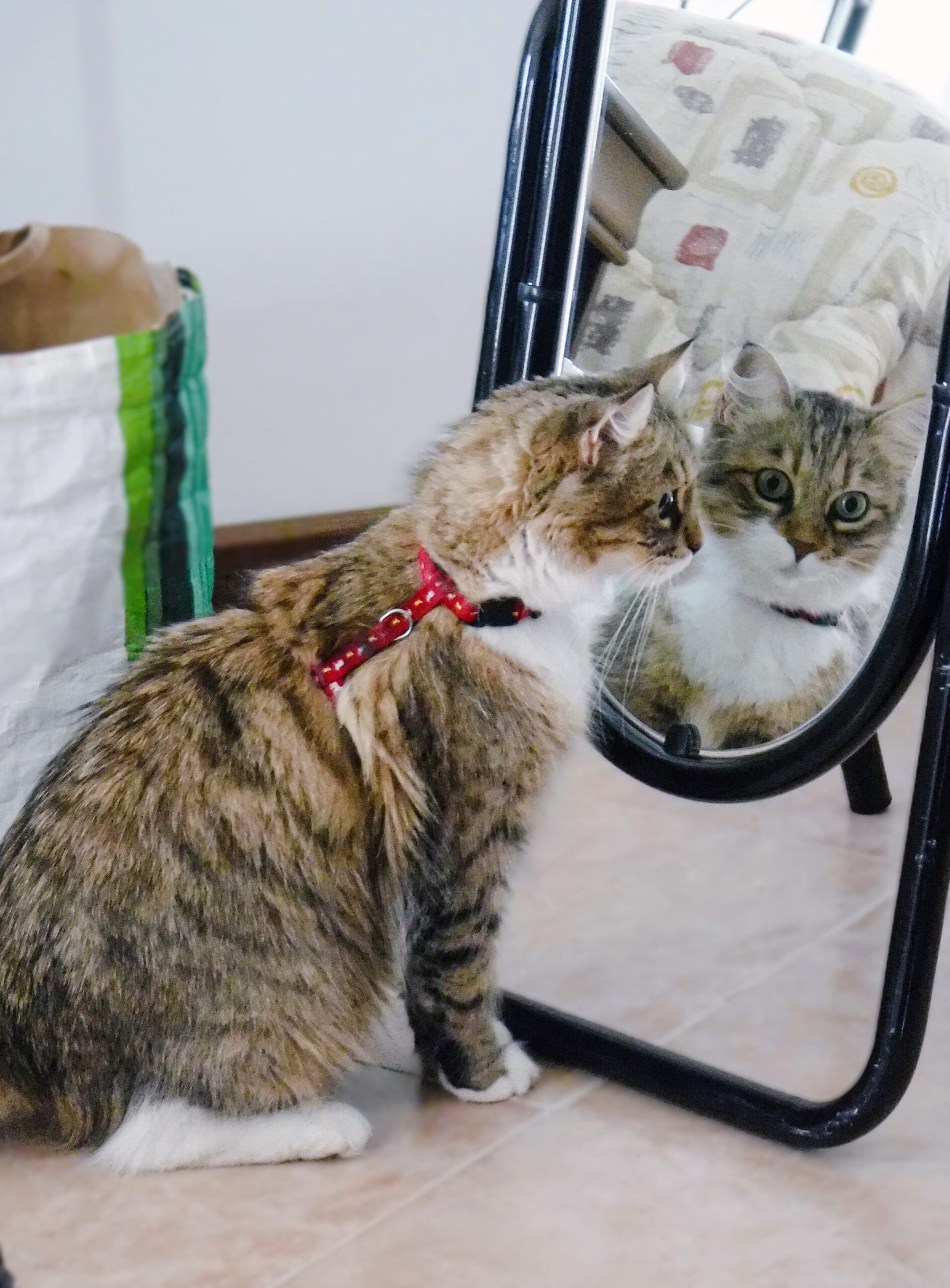
Not all cats react to change the same way. Some are social butterflies, following you room to room, while others are more independent. This is similar to attachment styles in people. Cats with a “secure” attachment often bounce back from change quickly, but those with “anxious” or “avoidant” styles might withdraw emotionally. You might notice them hiding more or refusing to play. Understanding your cat’s unique personality can help you predict how they’ll react to changes in the home.
Recognizing Emotional Withdrawal in Cats
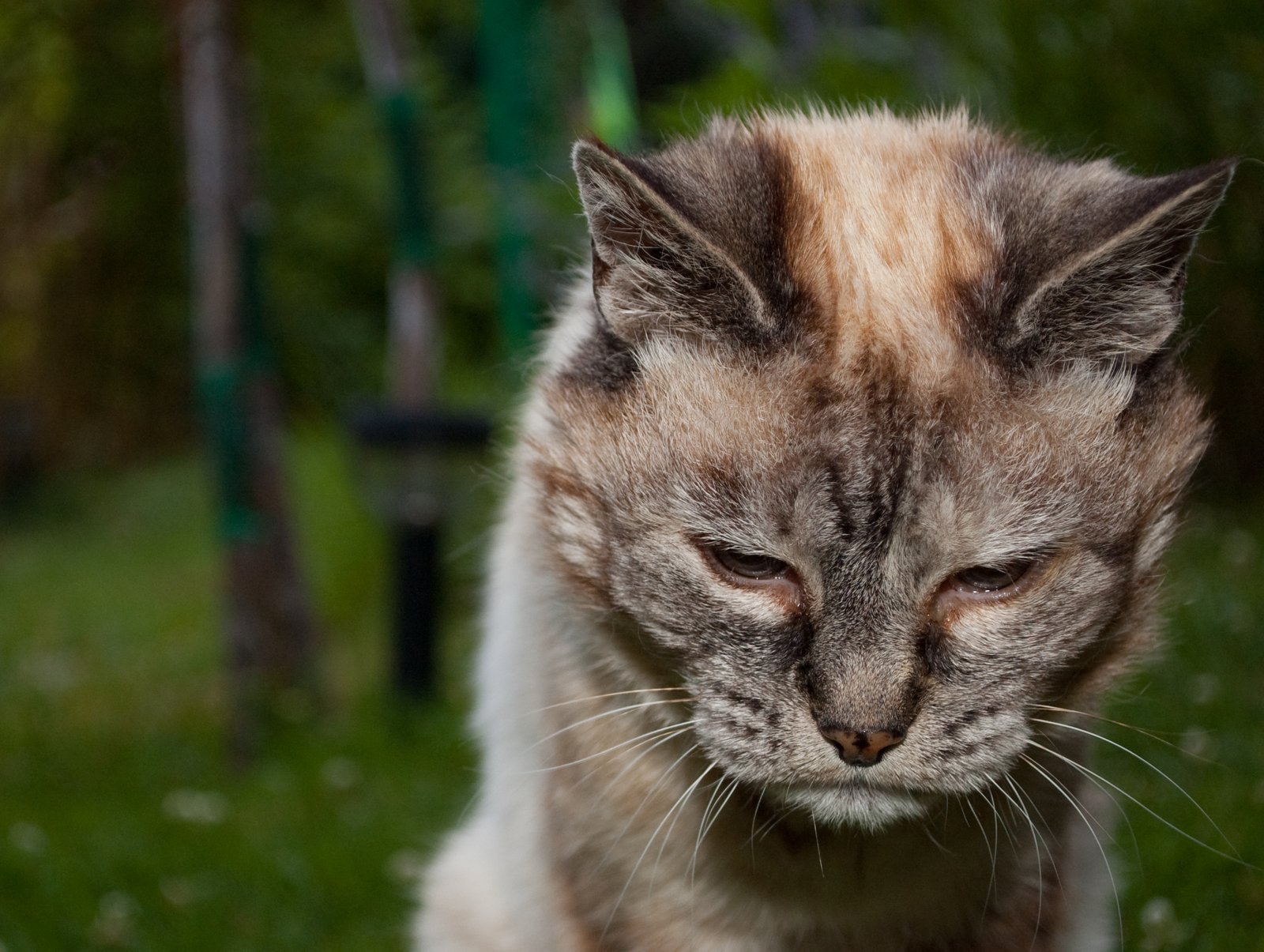
Have you ever seen your cat suddenly avoid cuddles, hide under the bed, or stop greeting you at the door? These are telltale signs of emotional withdrawal. It’s their way of coping with overwhelming emotions. Some cats might even stop eating or grooming themselves. If you notice these behaviors, it’s a big, waving red flag that your cat is struggling. Just like people, cats express stress in different ways—some get clingy, while others pull away.
The Role of Routine in Feline Happiness

Cats thrive on routine. They love knowing when dinner will be served or when you’ll be home for snuggles. When that routine is disrupted, it can feel like the rug has been pulled out from under them. Even changing feeding times or cleaning the litter box at a different hour can cause stress. Keeping a consistent schedule is like giving your cat a security blanket. It tells them, “You’re safe. Life is still predictable.”
How Moving Homes Affects Your Cat

Moving is stressful for everyone, but for cats, it’s like their entire universe has been shaken up. A new home means new smells, new noises, and no familiar hiding spots. Some cats might hide for days, refusing to come out even for food. Others might act out by scratching furniture or having accidents outside the litter box. The shock of moving can create a long-lasting emotional impact, making patience and gentle reassurance crucial for your cat’s recovery.
Impact of New Family Members
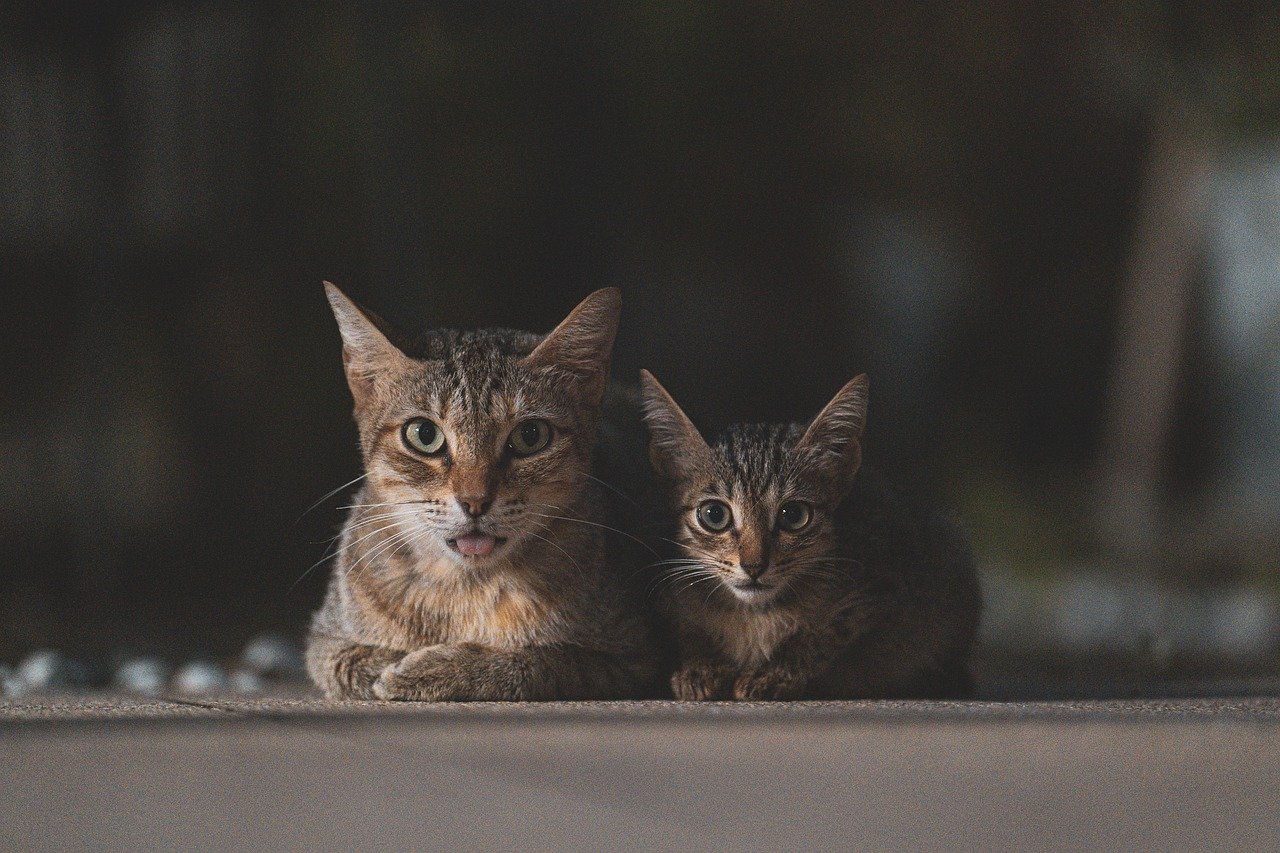
Bringing home a baby or a new pet is exciting, but your cat might not agree. Suddenly, their favorite human is distracted, and their territory is invaded by a tiny crying human or a playful puppy. This can lead to jealousy, confusion, or even depression. Cats often cope by withdrawing to quiet corners or becoming less affectionate. It’s important to remember that a cat’s world has just been turned upside down, even if yours feels bigger and better.
Separation Anxiety in Cats

Many people think only dogs suffer from separation anxiety, but cats can feel it too. Changes in your schedule—like returning to work after months at home—can leave cats feeling abandoned and sad. Some will cry at the door, while others just retreat into themselves. This emotional withdrawal can be heartbreaking to witness. It’s a reminder that our feline friends are more emotionally sensitive than they let on.
The Subtle Signs of Feline Stress
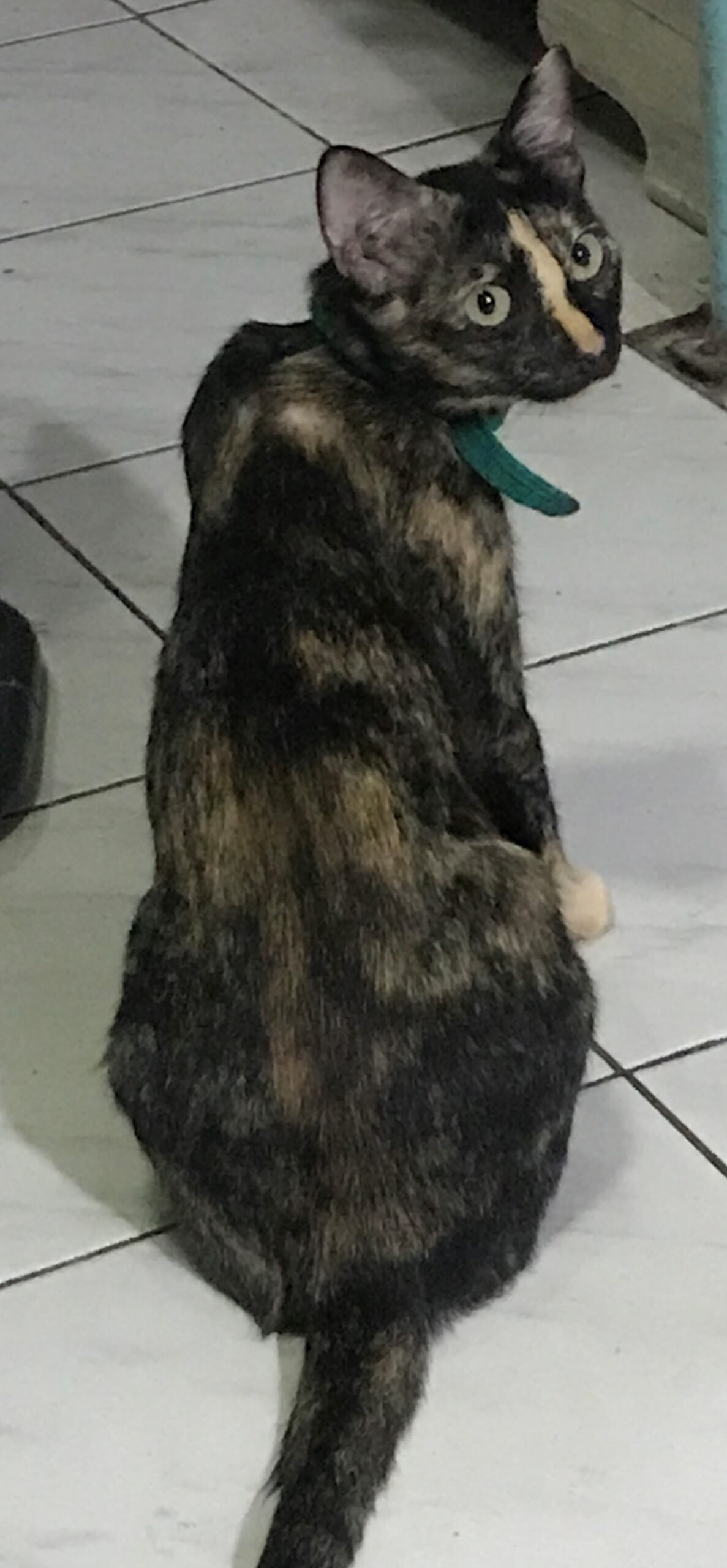
Cats are masters at hiding their feelings. Instead of dramatic displays, they show stress in subtle ways. Maybe they start sleeping more, eat less, or stop using the litter box. Some might over-groom or develop bald patches. These little changes are easy to miss but are actually cries for help. Tuning into these signals early can make all the difference in helping your cat cope.
How Cats Grieve Loss and Change

Losing a beloved companion—human or animal—can leave a cat feeling empty and lost. They might search the house, call out, or sit by the door waiting for their friend to return. This period of mourning is a form of emotional withdrawal. It’s heartbreaking, but it shows how deeply cats can love and connect. Grieving cats need extra love and patience as they adjust to their new reality.
Common Triggers for Emotional Withdrawal
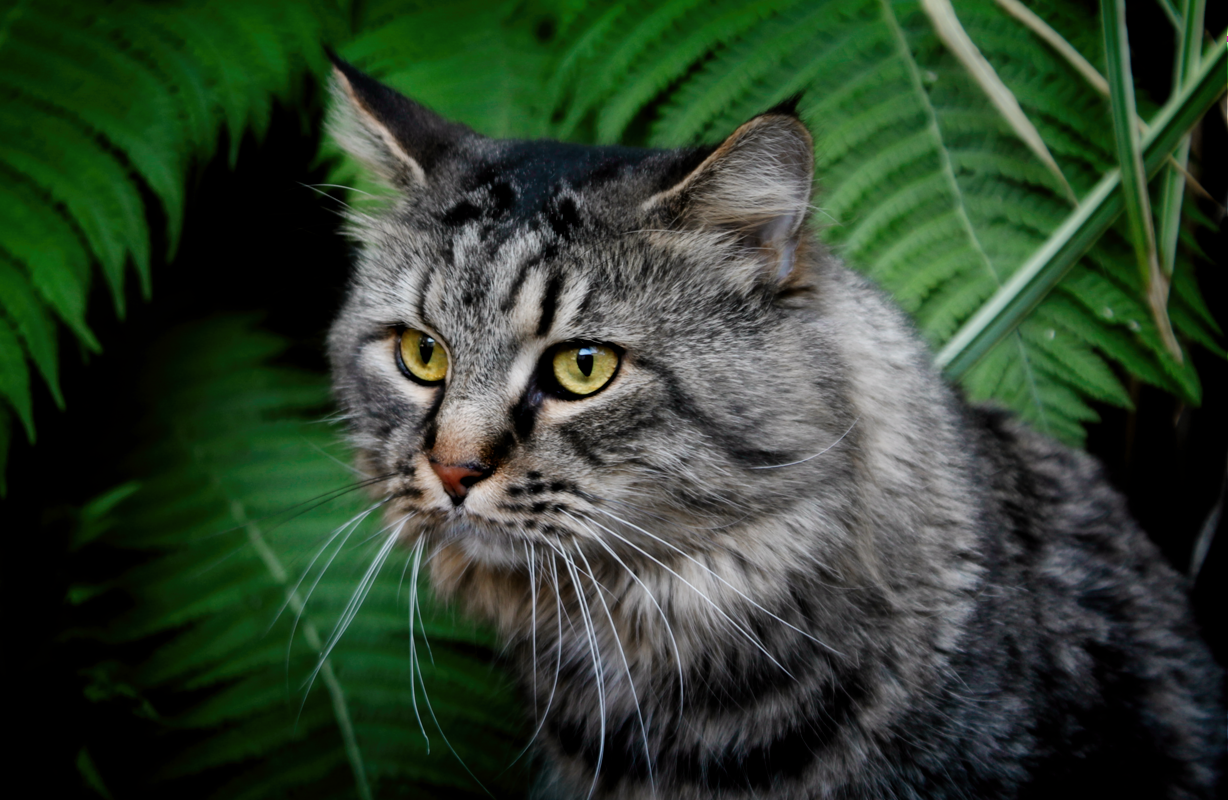
Beyond moving or new family members, other changes can trigger withdrawal. Renovations, loud noises, new smells, or even a change in the family dynamic can set off a cat’s stress response. Sometimes, it’s something as simple as a new cleaning product or a visiting houseguest. Recognizing these triggers is the first step in helping your cat feel safe again.
Physical Health Versus Emotional Withdrawal
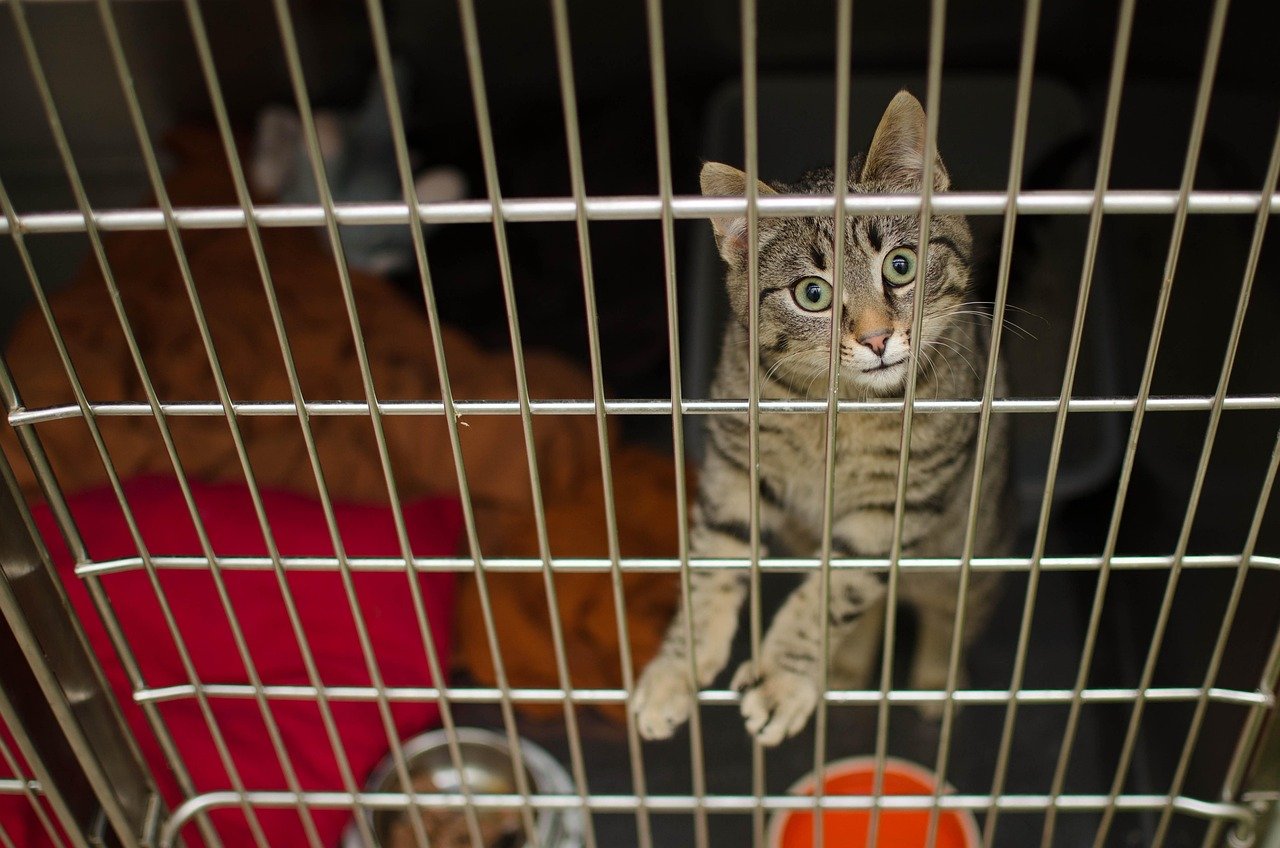
It’s important to rule out health problems before assuming your cat is just sad. Sometimes, what looks like emotional withdrawal is actually a sign of illness. A cat that stops eating, hides constantly, or seems lethargic might be sick. Always check with a vet if you’re unsure. Physical and emotional health are closely linked in cats, just like in people.
Helping Your Cat Adjust to Change
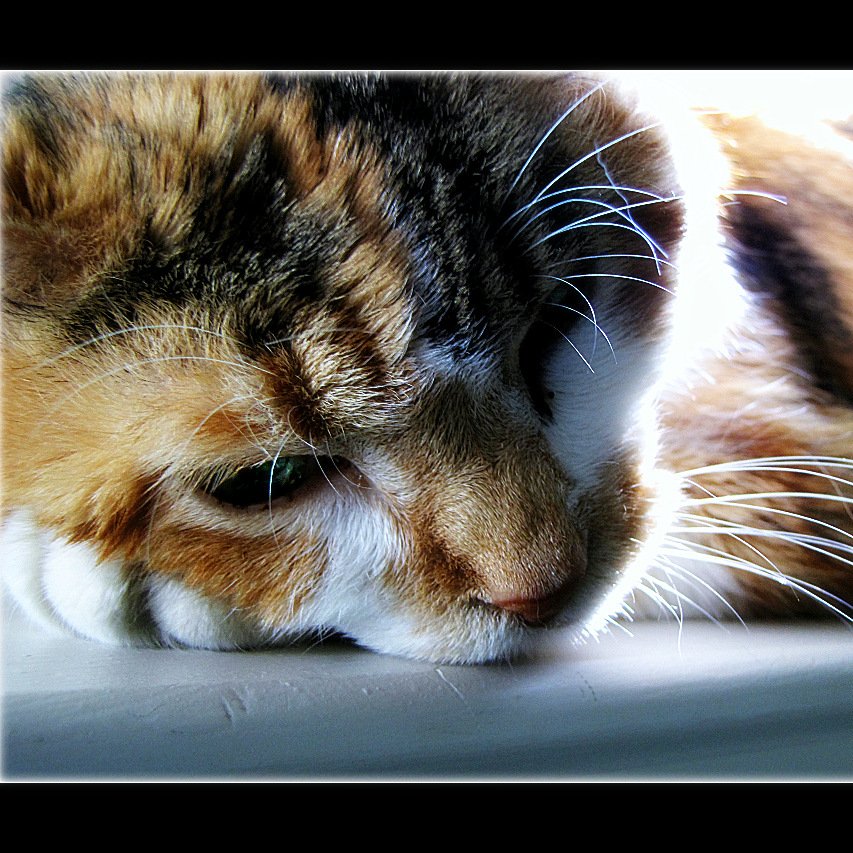
If you know a change is coming, try to make it as smooth as possible for your cat. Introduce new things gradually and keep their favorite items nearby. Set up a cozy space where they can retreat and feel safe. Spend extra time with them, even if they seem distant. A gentle touch or a soft voice can work wonders in reassuring your cat that everything will be okay.
Importance of Safe Spaces
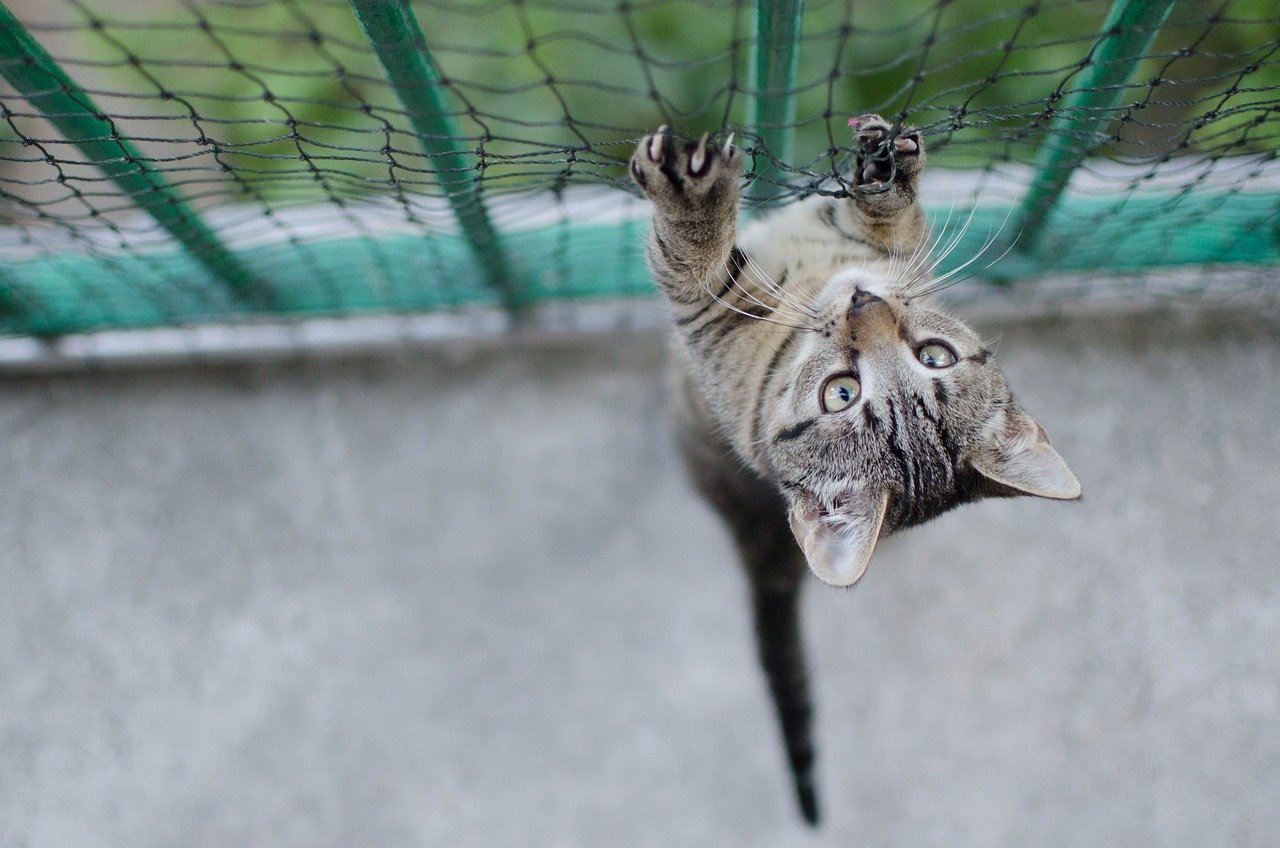
Cats need somewhere to hide when they feel overwhelmed. This could be a cardboard box, a quiet room, or a cozy cat bed tucked away from the chaos. Having a dedicated safe space gives your cat control over their environment. It’s their personal “do not disturb” sign for when life gets too loud or stressful.
Using Pheromones and Calming Aids
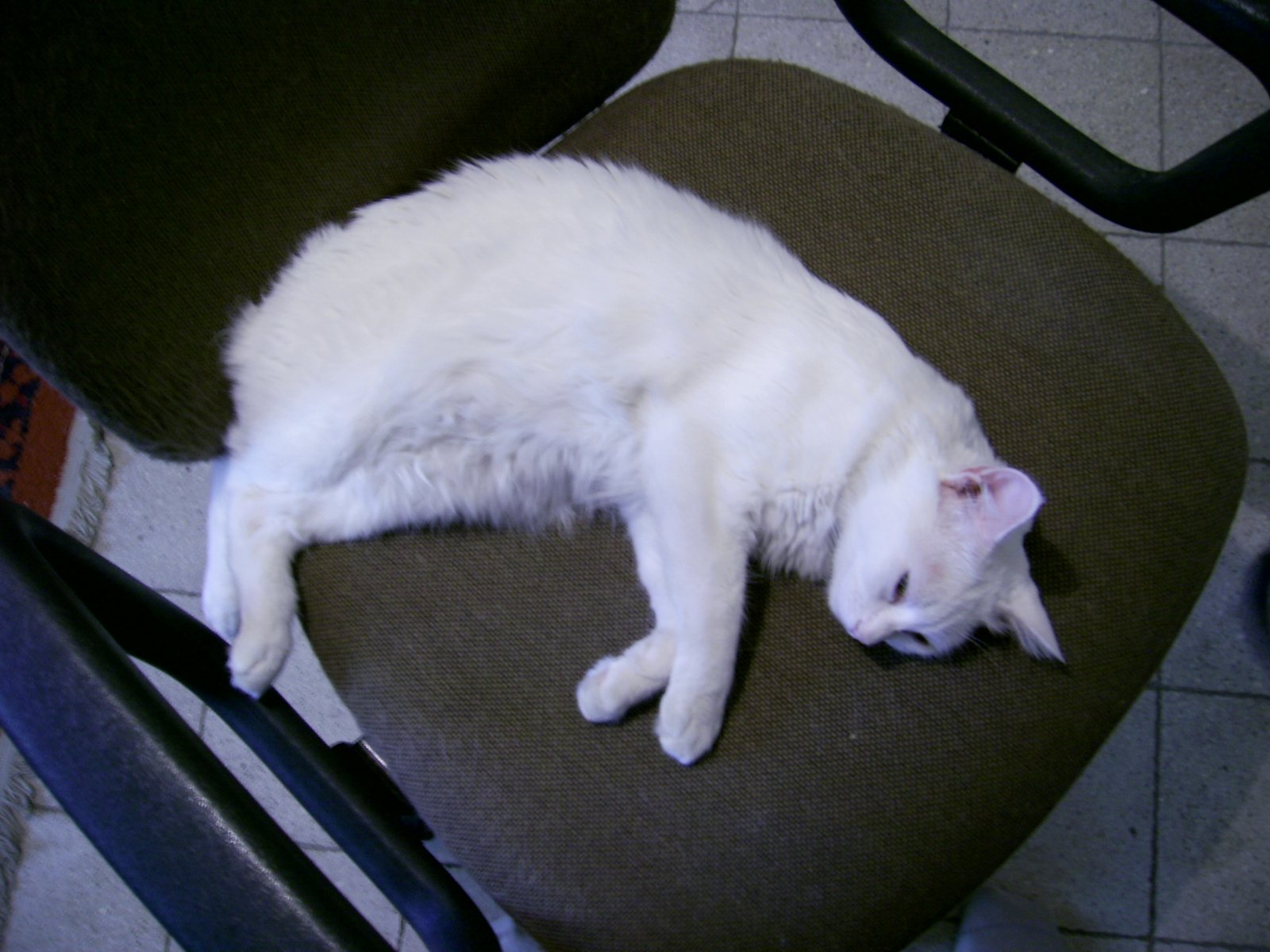
There are products designed to help cats feel calmer during stressful times. Pheromone diffusers mimic the comforting scents cats use to mark their territory. Calming sprays, treats, and even special collars can help take the edge off. While they’re not magic fixes, they can be a helpful tool in your cat’s emotional toolbox.
Rebuilding Trust and Connection

After a big change, your cat might seem like a stranger. Rebuilding trust takes time and patience. Offer treats, gentle pets, and quiet companionship. Let your cat set the pace—forcing affection can make things worse. Over time, your bond will grow stronger as your cat learns to trust the new normal.
Recognizing When to Seek Help
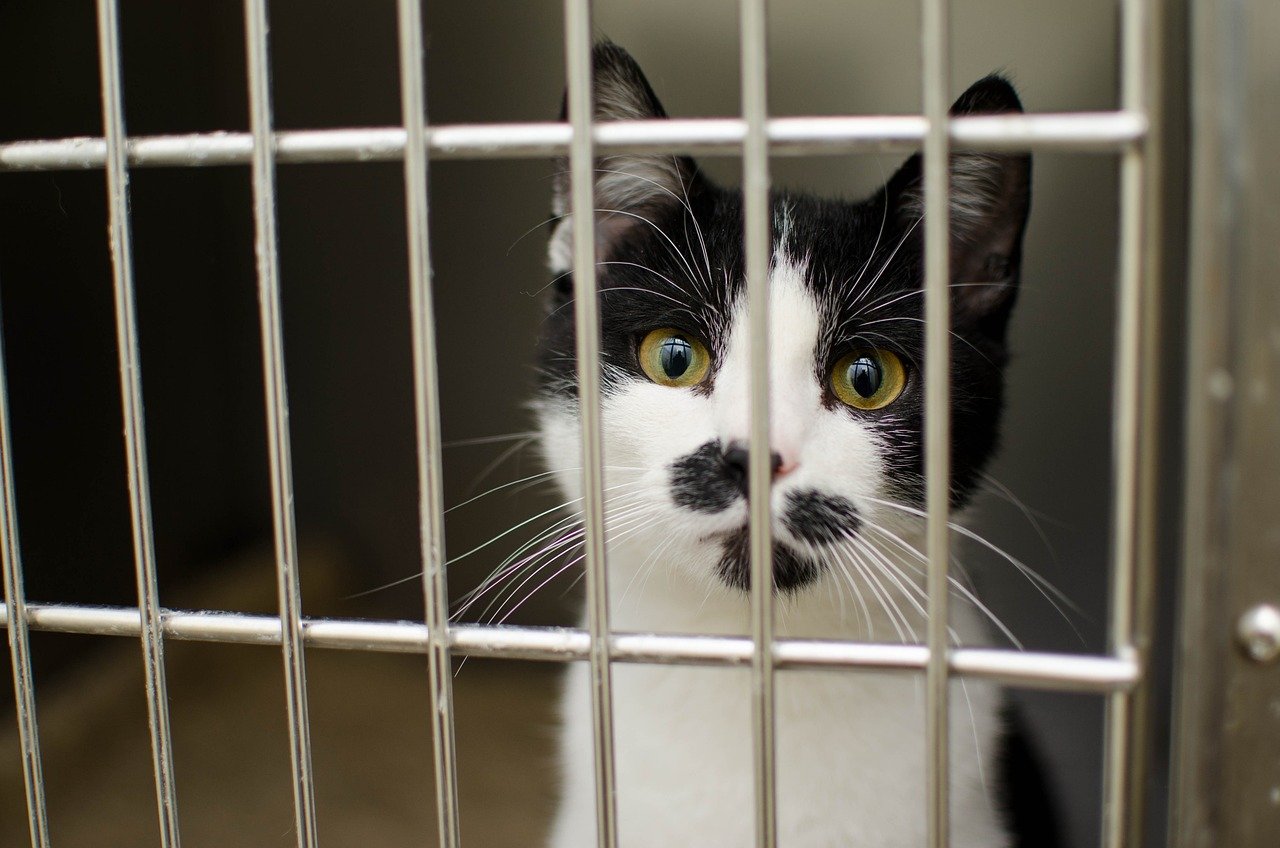
Sometimes, emotional withdrawal lingers longer than expected. If your cat seems stuck in sadness, it might be time to call in a professional. Veterinarians and animal behaviorists can offer guidance and support. There’s no shame in asking for help—your cat’s happiness is worth it.
How Other Pets React to Change
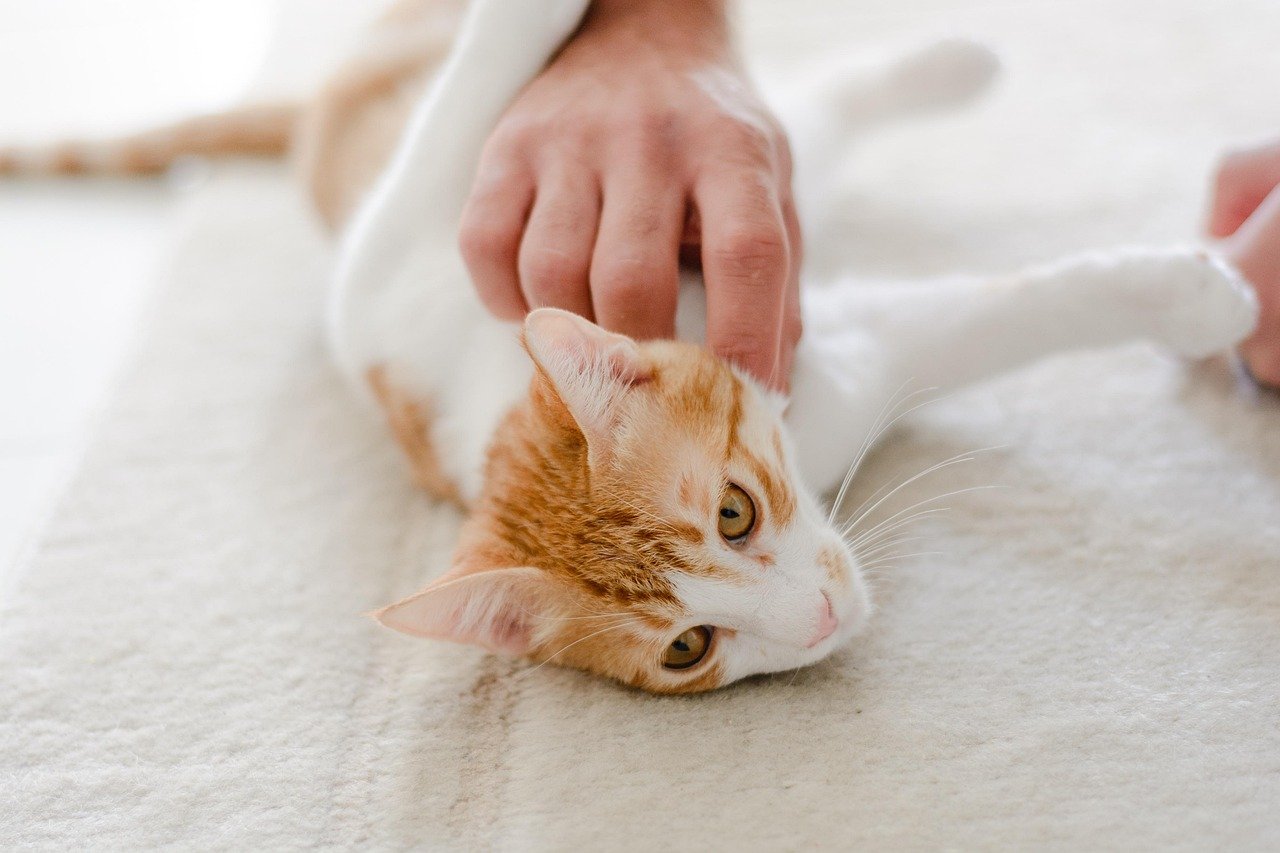
It’s not just cats who feel the impact of change. Dogs, birds, and even small pets like rabbits can pick up on the stress in the home. Sometimes, pets will comfort each other, but other times, one animal’s anxiety can make things worse for everyone. Watching how your pets interact can provide clues about how they’re coping.
The Power of Play and Enrichment
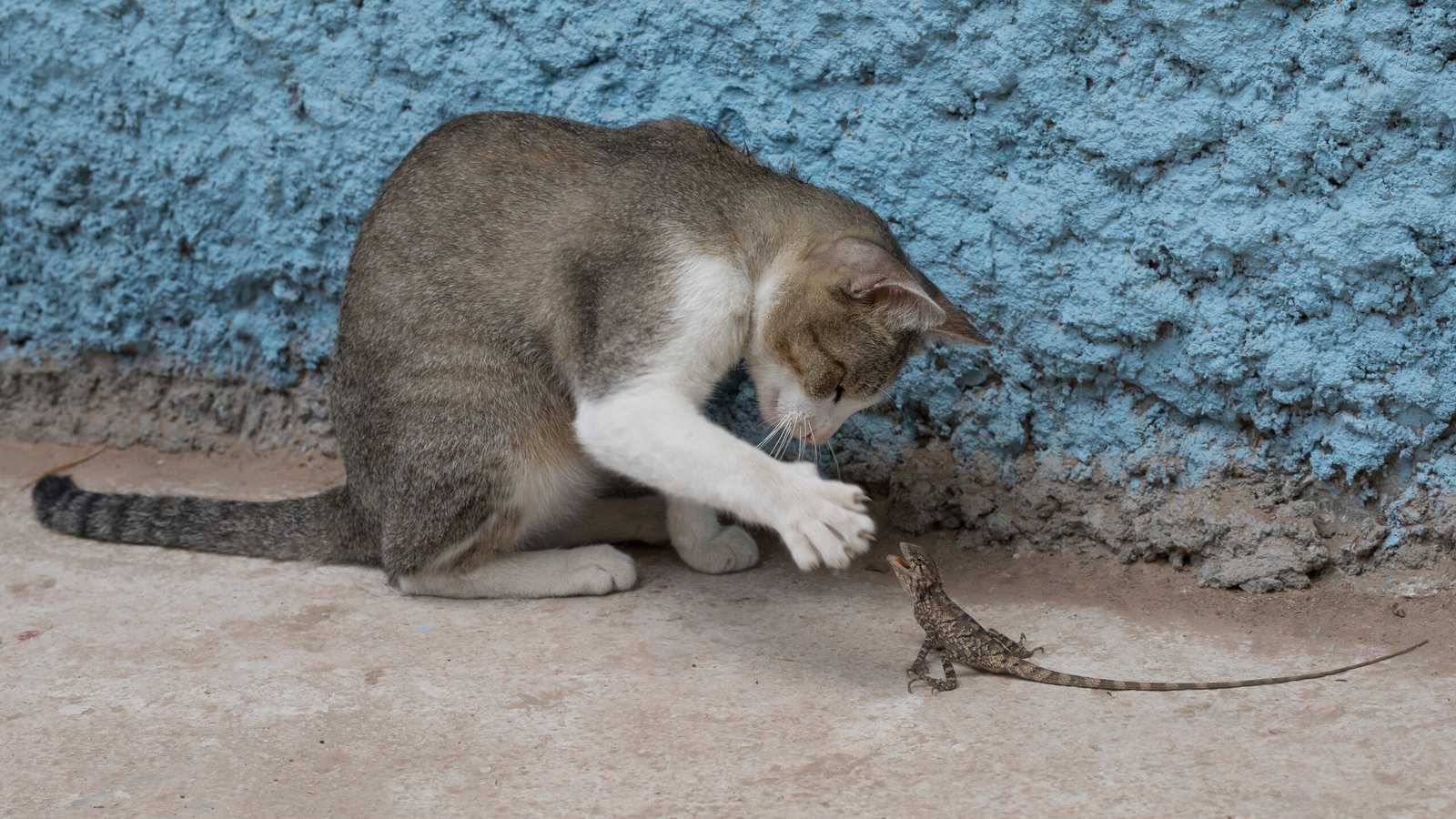
Playtime isn’t just fun—it’s therapy for your cat’s soul. Interactive toys, puzzle feeders, and climbing trees offer mental stimulation and a healthy outlet for stress. Even a simple game of chase with a ribbon can lift your cat’s spirits. Keeping your cat engaged helps them regain confidence and feel more secure after a change.
Patience: The Healing Ingredient
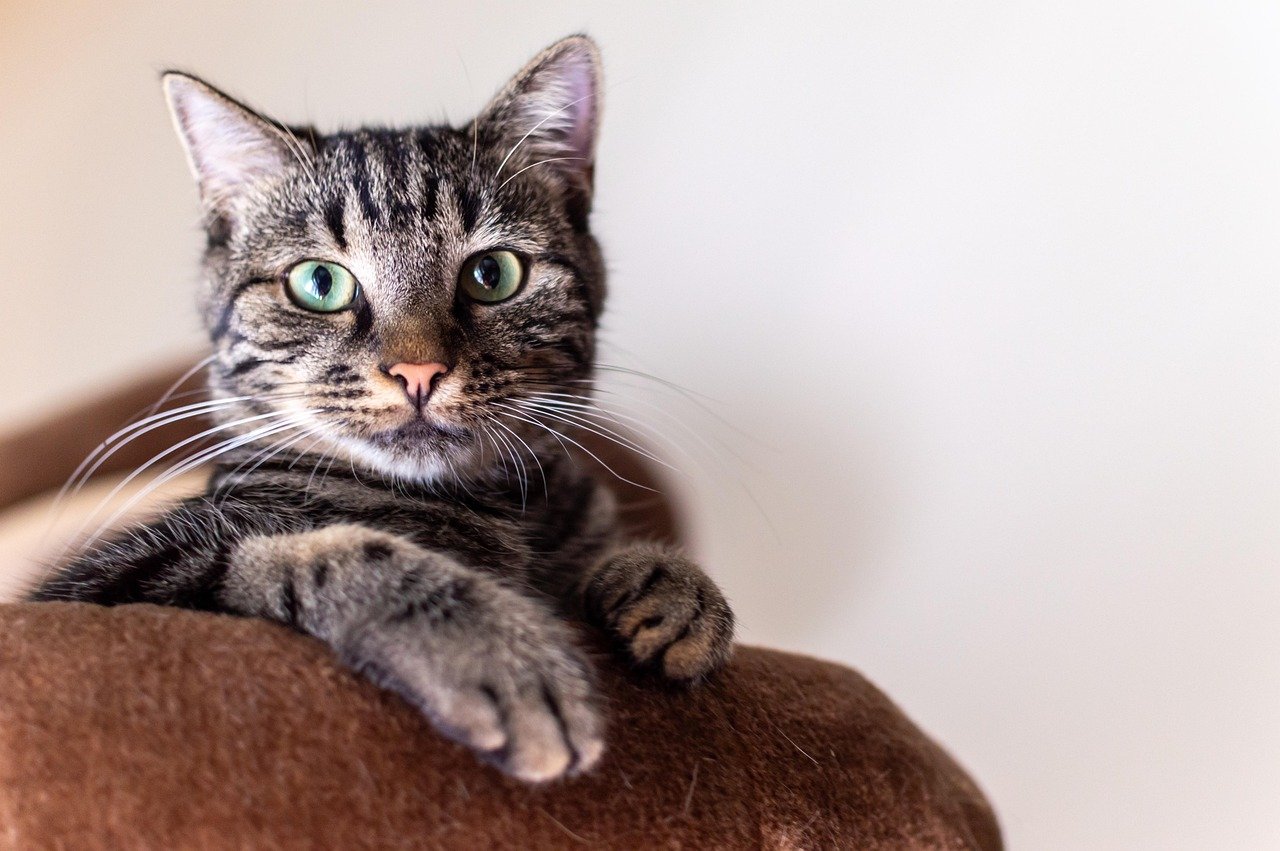
Healing from emotional withdrawal doesn’t happen overnight. It takes time for a cat to adjust and trust again. Some days will be better than others. The key is patience—lots of it. Celebrate small victories, like your cat emerging from hiding or accepting a treat. Every step forward is a sign of progress.
Listening to Your Cat’s Unique Needs
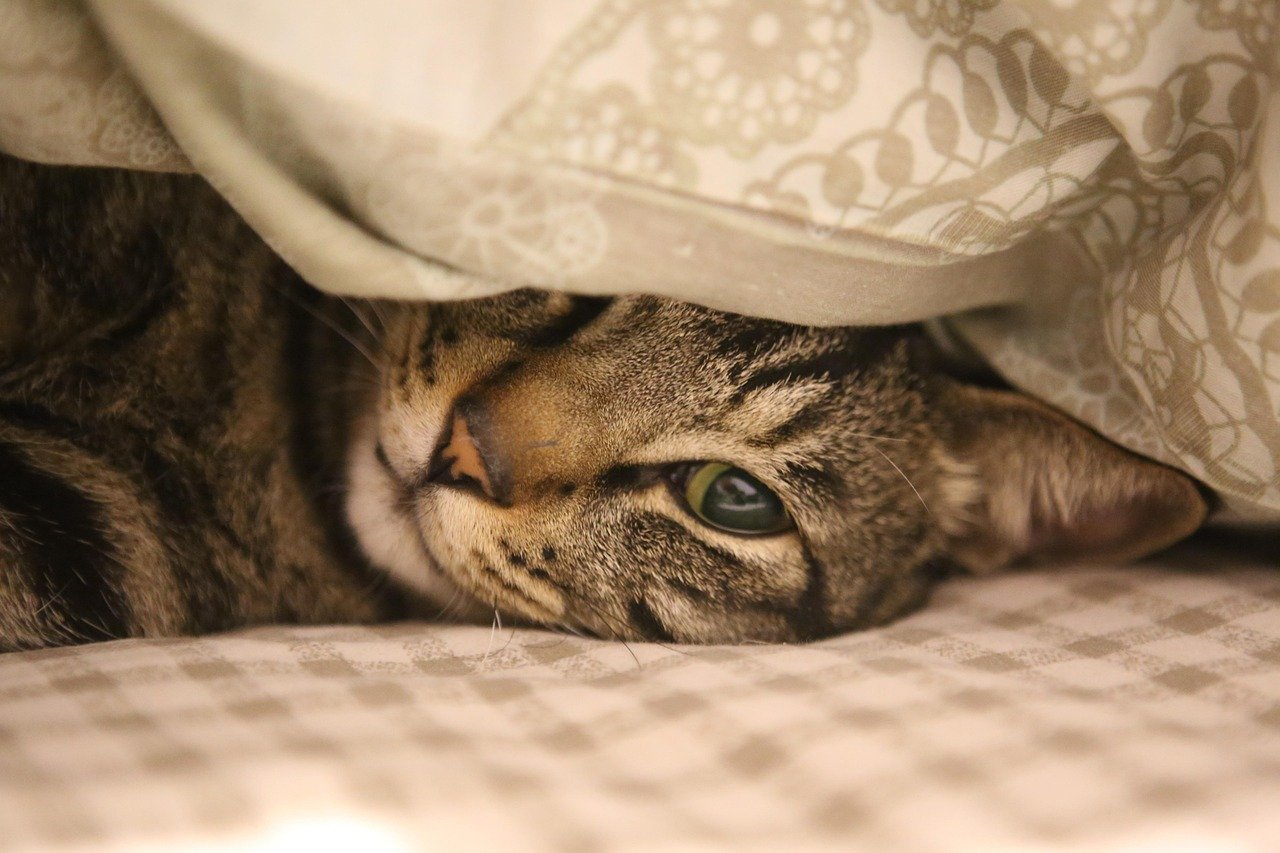
Every cat is different, with their own quirks and comfort zones. What soothes one cat might terrify another. Paying attention to your cat’s body language and habits helps you tailor your support to their needs. Sometimes, just being present and available is all your cat needs to start feeling better.
Building a Stronger Bond After Change
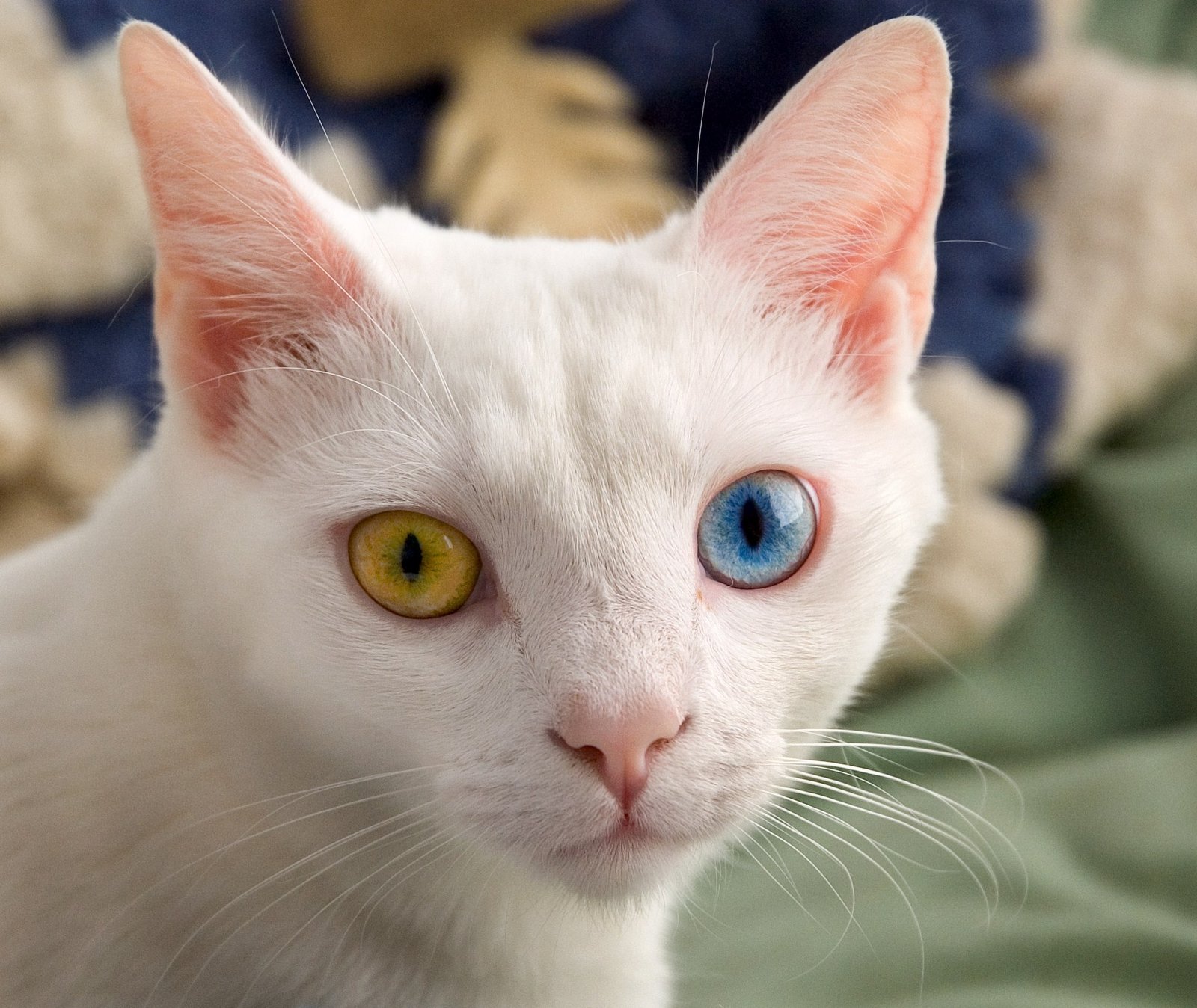
Change is hard, but it can also be an opportunity to deepen your connection with your cat. Facing challenges together builds trust and understanding. Over time, you’ll notice your cat becoming more confident and affectionate. The journey might be bumpy, but the reward is a stronger, more loving relationship with your feline companion.
Hi, I’m Bola, a passionate writer and creative strategist with a knack for crafting compelling content that educates, inspires, and connects. Over the years, I’ve honed my skills across various writing fields, including content creation, copywriting, online course development, and video scriptwriting.
When I’m not at my desk, you’ll find me exploring new ideas, reading books, or brainstorming creative ways to solve challenges. I believe that words have the power to transform, and I’m here to help you leverage that power for success.
Thanks for stopping by, Keep coming to this website to checkout new articles form me. You’d always love it!






